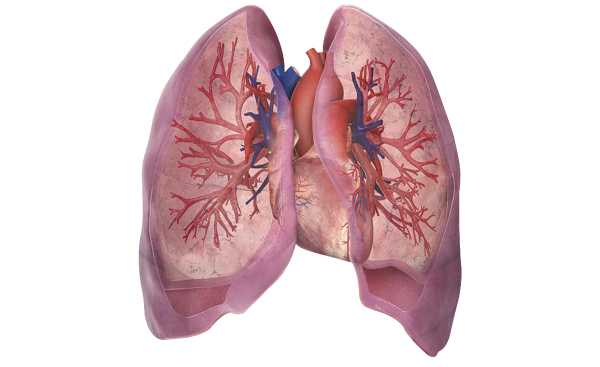What you need to know about LUNG CANCER

Lung cancer is a type of cancer that begins in the lungs and it is characterised by uncontrolled growth of cells that start in one or both lungs. According to statistics, lung cancer is the most common cause of cancer-related deaths in men and second most common in women after breast cancer. It is also one of the serious types of cancer.
Cancer is as a result of cells that grow uncontrollably and refuse to die. Initially, normal cells in the body follow an orderly path of growth, division and death. Unlike regular cells, cancer cells do not experience programmatic death and instead continue to grow and divide. This leads to a mass of abnormal cells that grow out of control. Lung cancer occurs when a lung cell’s gene mutation makes the cell unable to correct DNA damage and does not die. Mutation can occur for a variety of reasons among them inhaling carcinogenic substances.
Lung cancer that starts in the lungs is of two main types: small cell lung cancer and non-small cell lung cancer. In small cell lung cancer, the cancer cells are small and spreads faster while in non-small cell cancer, the cancer cells are large and it is the most common type of lung cancer.
Causes of lung cancer…
Smoking: Smoking causes most cases of lung cancer although people who have never smoked can also develop the illness. Experts say smoking cigarette alone contributes up to 85 per cent of the cases hence making it the major cause of lung cancer.
Tobacco smoke contains more than 60 different toxic substances, which can lead to cancer. These substances are known to be carcinogenic. If you smoke more than 25 cigarettes a day, you are 25 times more likely to get lung cancer than a non-smoker. While smoking cigarette is the biggest factor contributing to lung cancer, other types of tobacco products can also increase your risk of developing the disease.
Occupational exposure and pollution:
Exposure to certain chemicals and substances used in several occupations and industries such as asbestos has been linked to a slightly higher risk of developing lung cancer. Other causes include family history of lung cancer, previous lung disease and lowered immunity, among others.
Symptoms of lung cancer…
Symptoms of lung cancer may take years before they manifest. Many of its symptoms affect the chest and air passages.
They include: Persistent or intense coughing Pain in the chest shoulder Difficulty swallowing and breathing Hoarseness of the voice Harsh sounds while breathing Coughing blood among others.
If the lung cancer spreads, additional symptoms can be seen in the newly affected area. Swollen lymph nodes are common and likely to be present early.
Staging of lung cancer…
Staging refers to determining how big the lung cancer is and how far it has spread. Staging is important as it helps the doctor to decide which treatment regimen he will use. Lung cancer has four main stages.
Stage 1: The cancer is small and localised (only in one area of the lung).
Stage 2 and 3: The cancer is larger than in stage 1 and may have spread to the surrounding tissues. There may also be cancer cells in the lymph nodes.
Stage 4: The cancer has spread to other parts of the body.
Lung cancer treatment…
Your doctor will decide a treatment plan based on a number of factors such as your overall health, the type and stage of the cancer and your preferences. Options typically
include one or more treatments, including surgery, chemotherapy, radiation therapy or targeted drug therapy.
Surgery: It is mostly used to treat non-small cell lung cancer. It is advisable to use chemotherapy or radiotherapy if your cancer is very near to the heart, food pipe and major blood vessels. During surgery, your doctor works to remove the lung cancer and a margin of healthy tissue. Note: Surgery is used if the cancer is diagnosed at an early stage.
Chemotherapy: Here is where you use drugs to kill cancer cells. One or more chemotherapy drugs may be given through a vein in your arm or taken orally. A combination of drugs is given in series of treatments over a period of weeks or months with breaks in between so that you can recover. It is often used after surgery so that it can kill cells that may remain.
Radiation therapy: This uses high-powered energy beams from sources such as X-rays and protons to kill cancer cells. Radiation therapy can be directed at your lung cancer from outside your body or it can be put inside needles and placed inside your body near the cancer. It can also be used after surgery to kill any cancer cells that may remain. It may also be used as the first treatment for lung cancers that can’t be removed during surgery. For people with advanced lung cancer, radiation therapy may be used to relieve pain and other symptoms.
Expert Advice…
Secondary cancer is cancer that has spread from somewhere else in the body. The choice of cancer treatment will depend on where the cancer started. You should have an urgent X-ray if you cough up blood or have blood in your phlegm.
April 2016




